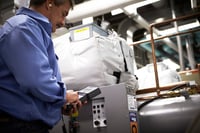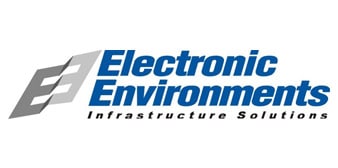By: Daniel Bodenski, PE, LEED AP, Director of Strategic Solutions at Electronic Environments Co.

When it comes to data center energy efficiency, there are six key ways you can improve your bottom line while still ensuring total reliability. Below, we will examine these key strategies and help you answer the question, “How can my data center be more energy efficient?”
1. Assessments
Performing a detailed assessment of your data center’s operational performance will give you clear and concrete insight into the particular ways your data center can be improved, outlining the individual areas in which current energy efficiency practices may fall short. Review of airflow management, implementing a detailed PUE analysis, and obtaining real-time data hall temperature measurements, are all important metrics to assess in order to develop a fully strategic plan to lower energy costs. Data center assessment professionals are equipped to provide comprehensive results through in-depth analysis and can provide recommendations for design, installation and maintenance improvements resulting in quick and cost-effective solutions. An assessment can also be used to prepare for external audits, and provide foundational data for developing thorough strategies.
2. Equipment Upgrades
As society evolves, so too do our technologies, putting increased demand on data center capabilities. Equipment upgrades are necessary to maintain a robust and reliable facility. Moreover, in order to make data centers increasingly efficient, new technologies are continually developed that reduce overall energy consumption, such as ECO mode Uninterruptible Power Supply (UPS), 380V DC power systems, lighting system retrofits, efficient chillers, and more. By knowing what new technologies exist and understanding the return on investment of many of these upgrades, you may be able to use many to your advantage within your data center’s lifecycle.
3. Maintenance

To read the article in its entirety, click here.






